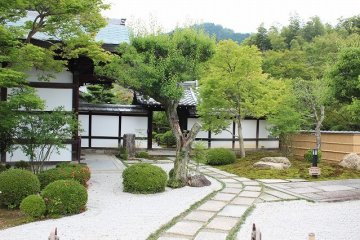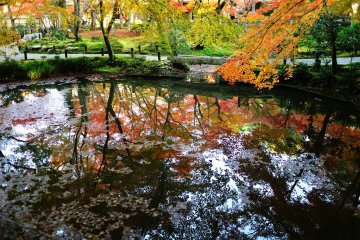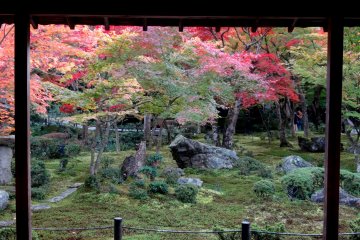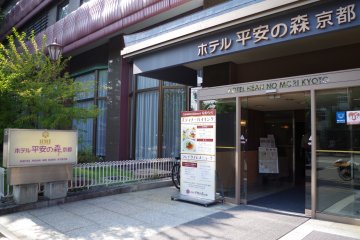Culture
Shugakuin Imperial Villa, located on the northeastern outskirts of Kyoto City, is a stunning complex of traditionally designed buildings and gardens interwoven into paddy fields. It was constructed from 1655 to 1659 by Emperor Gomizuno and presently, is managed by the Imperial Household Agency. The complex features three sections–the Upper, Middle, and Lower Villas–which are connected by tree-lined pathways. Between the villas, the majority of the land is designated as paddy fields and is still cultivated by local farmers today.
The most celebrated characteristic of the villa is its gardens. Each section has its own exquisite landscaping that utilizes the Shakkei method of gardening. This process integrates the surrounding scenery into the garden’s design for a more dynamic and three-dimensional viewing experience. The gardens are especially popular in spring when the cherry blossoms and seasonal flowers are in full bloom, and in autumn when the surrounding mountainscape turns fiery.
The Upper Villa’s Rin’untei Pavilion is also a noteworthy spot as it offers lovely views of Yokuryūchi pond, Kyoto City, and surrounding naturescape. Although you cannot enter buildings, some are left open so you can have a peek at their tatami floors and beautifully painted panels.
In order to enter the villa, you must submit an application and join a guided tour. You can register online or in person. Make sure to have your passport or a government-issued ID on hand. Same day registration is permitted but is run on a first-come-first-served basis. The tour lasts about an hour and 20 minutes and includes visits to all three villas. Although the tour is only available in Japanese, the facility offers audio guides in English, Chinese, French, Korean, and Spanish free of charge.
Kyoto
1km away



/135.79706132412,35.045092555683,9/397x132?access_token=pk.eyJ1IjoiamFwYW50cmF2ZWxtYXBzIiwiYSI6ImNqbXBtOXYxbDB5Z3ozbHFrazJuYWMwOGYifQ.v15fy_mcFWtgopmz8PhwqA)












